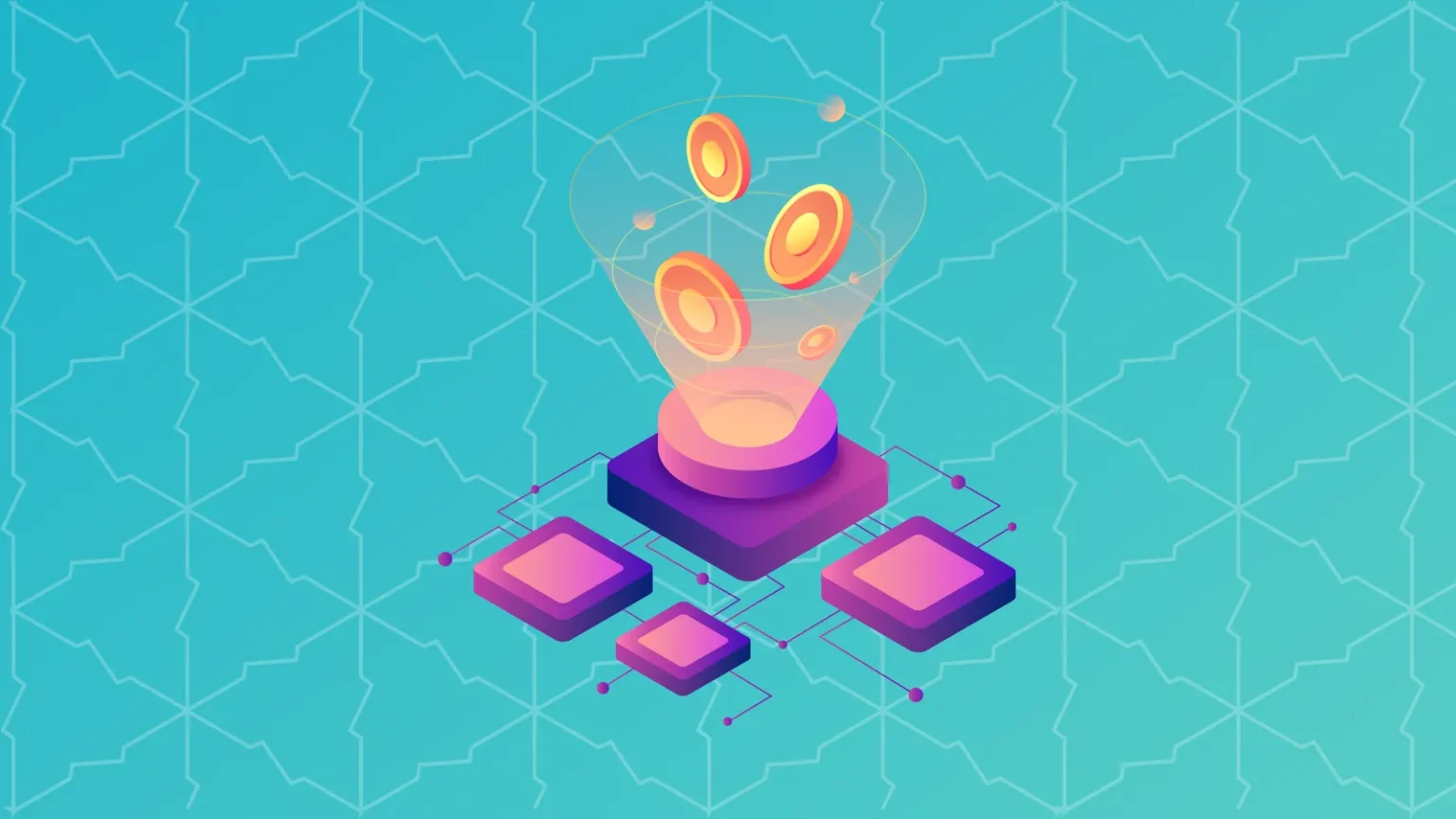The convergence of blockchain technology and physical collectibles is poised to revolutionize the alternative investment market. By tokenizing tangible items—ranging from rare art and vintage collectibles to luxury goods—investors can gain digital ownership while maintaining a link to real-world assets.
Industry forecasts suggest that the market for tokenized real-world collectibles could reach $212 billion by 2030, with some projections indicating potential growth to $1 trillion by 2032. This expansion is driven by increased transparency, enhanced liquidity, and the ability to fractionalize high-value assets, making collectibles accessible to a broader pool of investors.
Blockchain technology offers secure provenance verification and immutable ownership records, addressing long-standing concerns about authenticity and counterfeiting in the physical collectibles market. This development could attract both traditional collectors and crypto-native investors, bridging the gap between conventional and digital investment landscapes.
Experts predict that tokenization could reshape the collectibles market, offering new trading platforms, fractional ownership models, and secondary markets for previously illiquid assets. By combining tangible value with digital flexibility, tokenized collectibles may redefine how investors interact with alternative assets in the coming decade.
Overall, the integration of blockchain with physical collectibles represents a transformative opportunity, merging the reliability of real-world items with the innovation and accessibility of digital finance.
